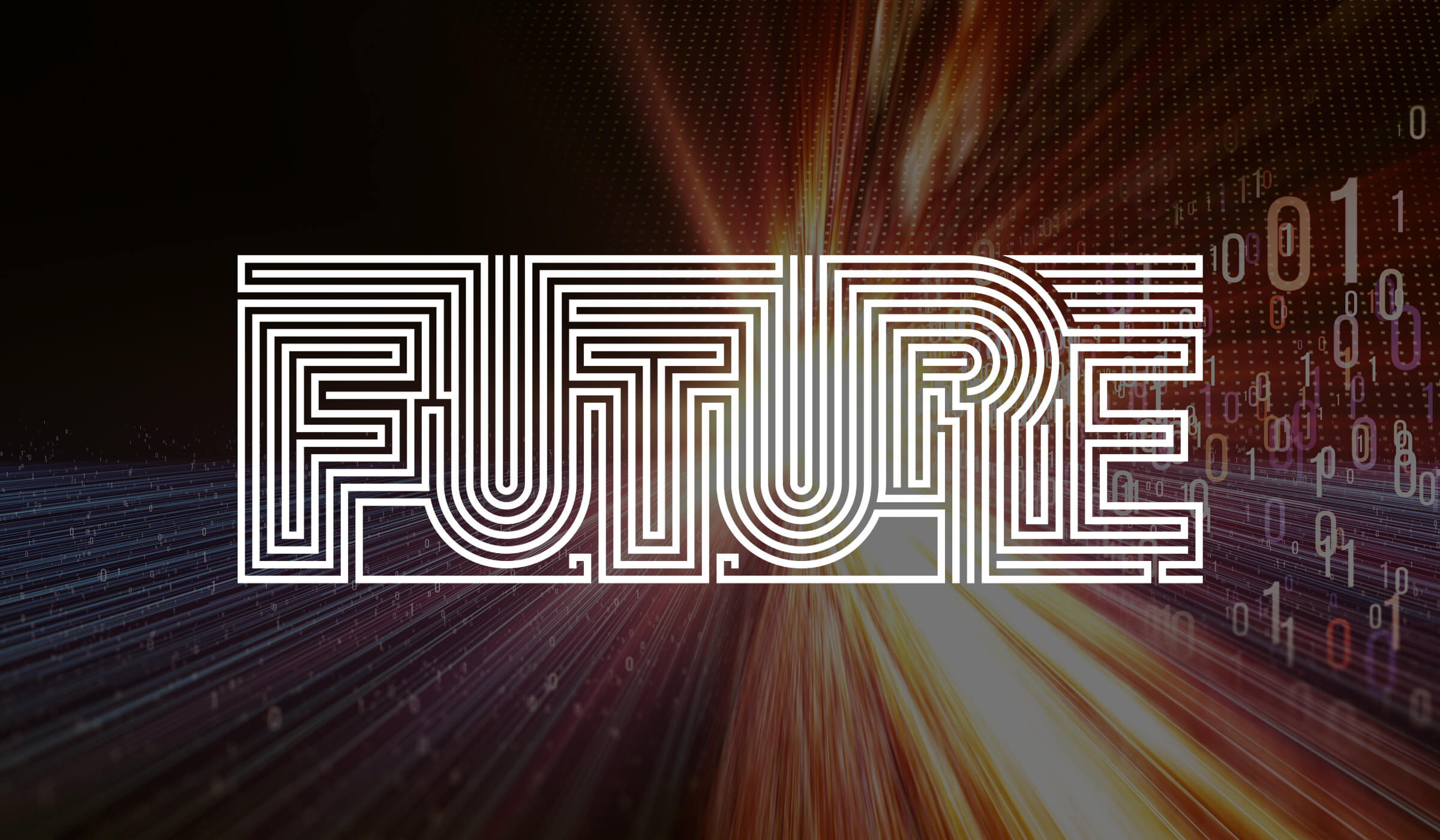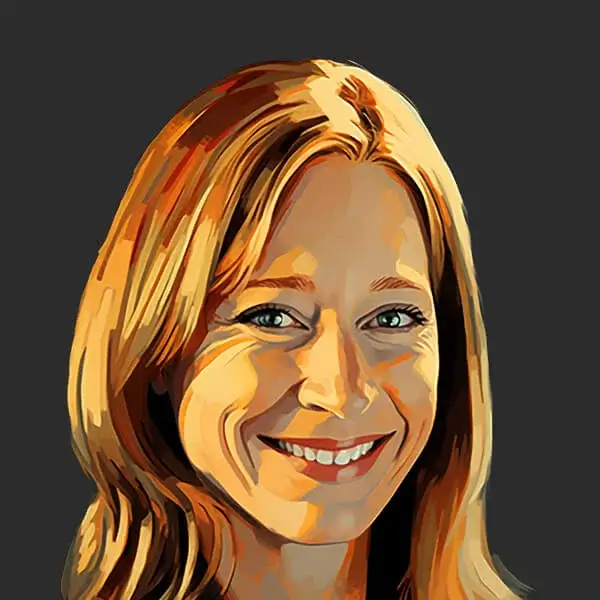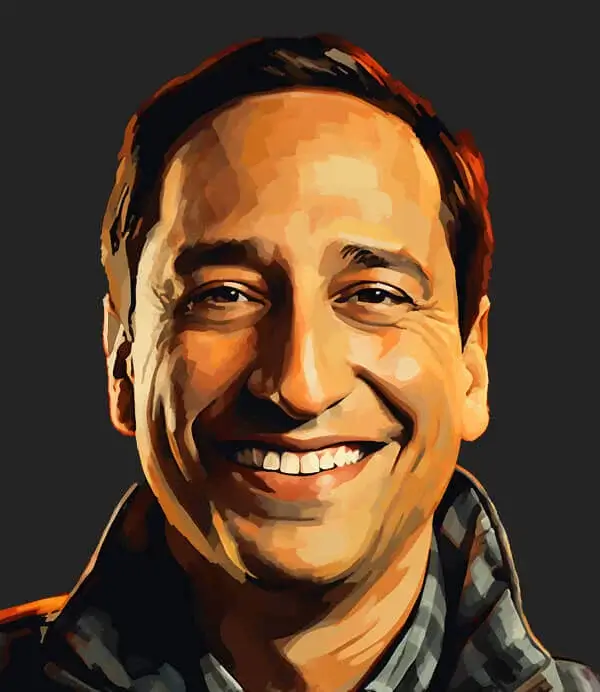In this article, I take a step back and share my ideas of how digital product design might progress. The exercise tries to connect the dots of technology, market evolutions, and design trends to surmise where the future value will be. Additionally, I’ve reached out to three additional Product Designers I respect and asked them to share their predictions as well.
The value in looking ahead
When was the last time you took time away from work to think about the future of product design? One of the most significant benefits from this practice for me is prioritizing my time and deciding which skills to invest in to stay relevant. The first time I did this, I was looking for a job fresh out of college, and that calculation steered my whole career away from print with more of a focus on web design.
Who You’ll Hear From
As I was putting my ideas/predictions together for the future, I thought it would be interesting to reach out to other designers I respected to see what they were thinking. Multiple perspectives help me see the world differently and can surface trends that I might not even be aware of existing.
The three Designers I reached out to are:
Kimmy Paluch: Product Designer / Investor / Founder
Dominic Nguyen: Product Designer / Developer / Founder
Lily Konings: Product Designer / Developer / Mentor
–
I tacked my thoughts on at the end:
Joseph Mueller ( Me! ???? ): Product Designer / Founder / Tinkerer
Why the five to ten years timetable?
When I reached out, I gave a five to ten-year timetable. I feel like this range of time opens the door for both practical and innovative answers.
With all that said, let’s jump into the ideas.
Kimmy Paluch
Kimmy started as a User Experience Designer in the Bay Area, working for TiVo and Leapfrog, while running her own consulting business. In 2017 Kimmy co-founded Beta Boom, a pre-seed venture firm created to level the playing field, focusing on equitable distribution of capital and supporting women and founders of color. Kimmy brings a unique perspective as an Experience Designer who actively invests in companies.
Kimmy’s Thoughts:
- Overall, holistic experience design will emerge more strongly as the pivotal focus-area for all businesses, both internally for employee retention and externally for end-customers.
- With the increased accessibility of big-data and behavior tracking, design and strategy will be more closely aligned around measurable data.
- Designing mobile-first will still be the core of good design, but we will move beyond just dropping and showing elements and create more contextually-aware experiences that also address cultural awareness.
- Motion design will become a big differentiator for leading products and set a new precedent for smart interactivity.
- As adoption of virtual interactions continue to rise in the post-COVID world, companies will continue to innovate in the cross-section and blending of physical and virtual experiences.
Numbers and metrics are the other big part of this analysis. Collecting data isn’t very useful unless you’re putting into practice the updates your data is telling you that your users demand. Determining the funnel for your product can help you see where the gaps in that funnel are. Where do your users drop off? Is there something about their UX that is making it difficult or annoying to become a conversion point?
That end result doesn’t always have to be a transaction — it could be signing up for an email list or webinar — but knowing exactly what your intended funnel is can help you figure out how to make it flow better.
Dominic Nguyen
Dominic is the founder of Chromatic, the company behind Storybook.js. His agency Percolate Studio was acquired by Meteor Development Group in 2015. Being a designer and a developer gives him a clear insight into how product designers and developers can harmoniously work together. Be sure to check out some of Dominic’s early writings, where he talks about the benefits of front-end UI components and how they fit into design systems.
Dominic’s Thoughts:
- Designers will deal with combinatorics not pixels.
That is, a designer’s role is to generate design permutations, curate, and test. It’s rare that we’ll need to manipulate pixels. In the same way that print designers aren’t manipulating the ink or substrate. - Design primitives are established.
Designers will have a lego box of UI to use and remix. The natural conclusion of component libraries and design systems is to establish a set of primitives like Buttons, Inputs, Checkboxes. Today, there are still barriers to adopting these primitives wholesale within an organization or larger community (e.g., tech stack is different, theming limitations). I don’t think that will be the case in a few years. - Design is more creative yet more homogenous.
Once the primitives are established, most sites and apps will look the same. That’s actually good for the user because they don’t need to learn new patterns to use new tools. A designer’s creativity will instead be expressed in more subtle (read: less visual) ways. For example, design the cadence of onboarding emails or design how to reveal help content when a user needs it most. - Design specialization occurs around user personas/niches not in disciplines.
In a world where the means of production are fast/easy and primitives exist, designers will necessarily become generalists that can do visual, product, graphic, interaction etc. So where are the specialists? A designer specializes by knowing the customers within a given niche inside and out. Instead of a “product designer for consumer apps” we’ll see a “product designer for ultralight campers.” - You’re doing everything but design.
Design is less about hours spent in Figma/Sketch/InVision, and more about consensus building via writing, documentation, research, talking to customers, etc.
Lily Konings
Lily is currently a Product Designer at Facebook, and before that, she worked for AngelList and IBM. Notably, she organized a finance conference: “Lift Her Wealth,” in less than three months for women to “become better investors, stronger negotiators, and overall more educated financial decision-makers.” Lily recently started a virtual mentorship called “Hey Designer,” where she shares practical, honest advice. Be sure to check it out.
Lily’s Thoughts:
- Formal education (university, high schools) is going to catch up to the legitimacy of design as a career and choose to offer it as a track independent of your typical art, science, or business program. This will go far more in depth than any bootcamps already out there and cultivate a better understanding of tech and startups than we’ve been given when we broke into the industry.
- The roles of PM and product designers will continue to overlap more and more, with designers continuing to step up to own the product experience end-to-end and PMs possibly adapting by moving to a higher-level, bird’s eye view ownership.
- AR/VR will disrupt the design industry by introducing an entirely unique track with incredibly separate skills and toolsets. AR/VR designers will need the skills of the modern product designer as their foundation but they’ll quickly branch off. Traditional product designers may have difficulty adjusting to this if they don’t catch on early (very similar to the struggle web designers using Photoshop may have felt).
- Design trends choosing user comfort and safety over user engagement will continue to rise as health concerns over the use of technology also rise (especially immersive tech). This includes dark mode, screen time limitations, so on.



